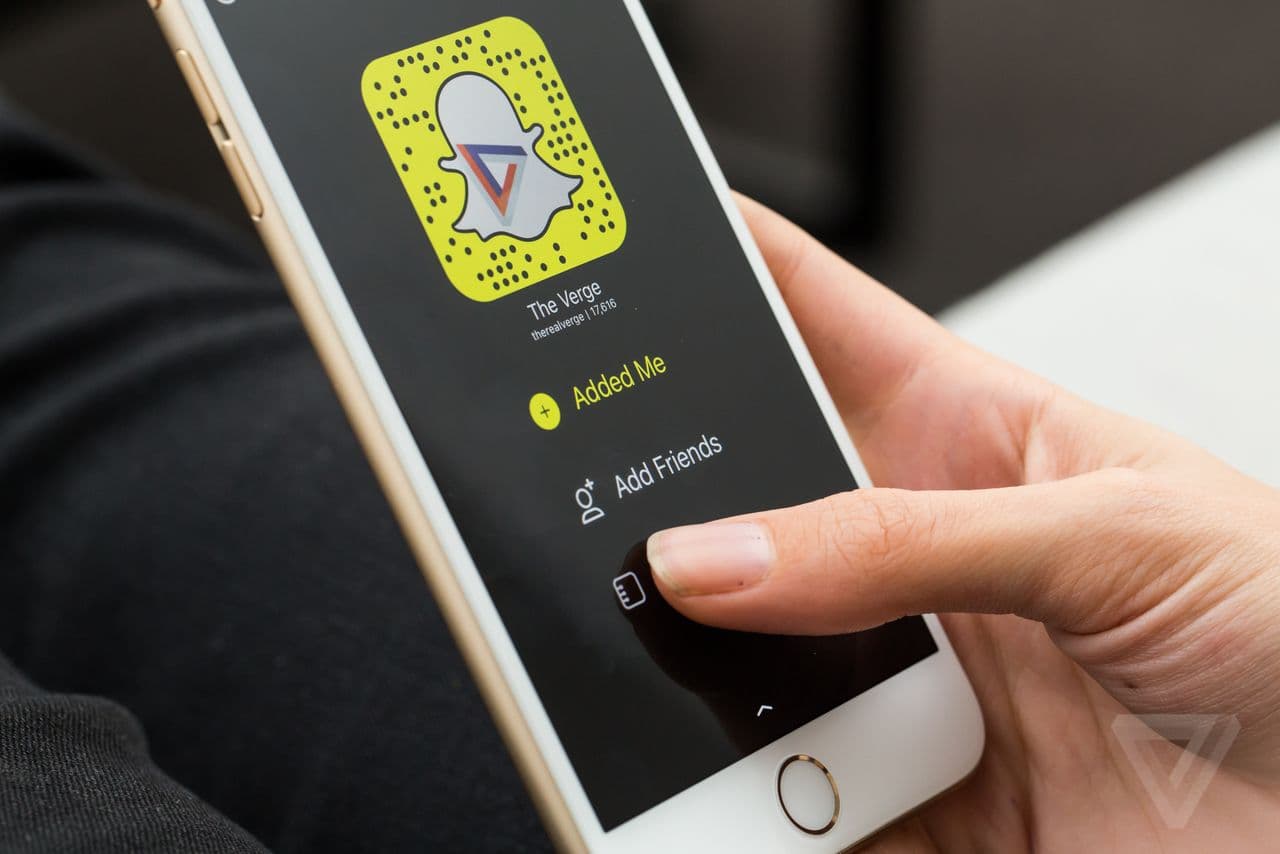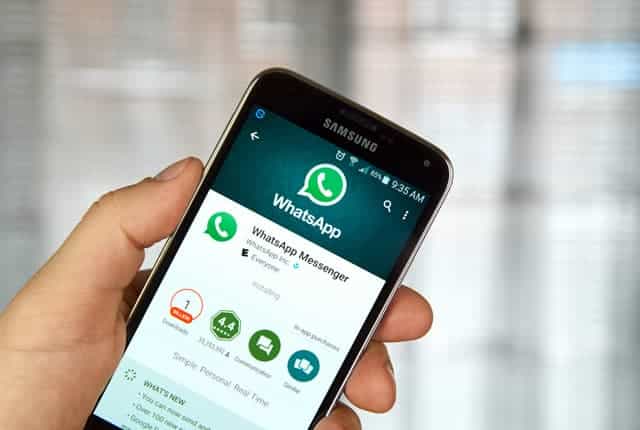Media
3 Media Trends to Engage Millennials
August 2, 2016

This is the first post in a four-part series covering how to engage millennials in new media, according to Kait Hobson, a recent grad of Syracuse University’s Newhouse School of Public Communications and indisputable Millennial.
When it comes to Millennials there’s as much debate on who is actually part of the generation as there is on whether or not we’re informed about news, politics and current events. Depending who you ask, Millennials were born between 1982-2004. We’re often shamed for speaking in a digital vernacular (LOL) and using abbreviations or acronyms in real-life conversations (because YOLO). A professor of mine once asked if Millennials were born with earbuds attached to their heads. Older generations might think we’re uninformed, lazy, or for the younger Millennials on the cusp of Gen Y—the worst thing to happen since the Baby Boomers peaked in the 70s. While I’d argue that 34 year olds aren’t Millennials, there’s no debate on whether or not our generation has disrupted media and publishing.
I spent a week at Sailthru researching the future of media so that I can report on it through my own experience based on how I engage, connect, maintain community and consume news. I’ve discovered that everyone is researching how we operate, but few are reporting on the statistics that matter. For example, research from the American Press Institute and the Associated Press-NORC Center for Public Affairs Research confirm that 69% of Millennials get news daily. We’re the most connected generation ever and you’re reporting that we get news? That’s more unproductive than my mom navigating Snapchat. (Or: TBH, that’s useless)
It’s how we consume news that matters.
In this blog series, I’m going to explore a few future trends that I’ve been reading about to give you my perspective. But before I start talking Snapchat, Facebook, video and everything else Millennial, I’d like to set the record straight. Millennials haven’t abandoned consuming the news or staying informed; rather, we spend our time cultivating and personalizing a digital landscape to stay current on almost every topic and we do it in half the time it takes our parents to read the newspaper. Our digital behavior and relationship with the media is profoundly different from other generations—we will not search for news because we expect the information to come to us. We’re not lazy. We’re efficient.
We follow, like, subscribe and cultivate a digital identity that covers every category—social, political, technological, viral and cultural—and social networking apps, such as Facebook, have served this purpose with embedded content that removes the need to be redirected to other websites; however, media outlets are now flooding social networking apps with content, so we’re diversifying and so too must publishers.
As the screen shrinks (or expands if you’re looking at an iPhone 6+) here are the future trends on how Millennials will interact with media, and a look at what I’ll cover in depth in the next three posts.
Meet us on the mobile platforms we already use, like Snapchat, but give us buying power.

Snapchat delivers Millennials what they want in seconds—uncluttered, personalized content—to over 150 million daily active users. While it may be the most likely platform to become the short-term “future” of Millennial-media interaction, it has some flaws. There’s a lot of potential, but for brands to use it effectively they need to check all the boxes: content delivery, native advertising and click-to-buy revenue return. In this blog post I explain how publishers can go the extra mile to visually package their content for Snapchat with native advertising and click-to-buy revenue return using behavioral data. The untapped potential of Snapchat will allow media companies to plug content into an audience and platform that already succeeds and if it’s done effectively it won’t add more digital clutter.
Continue to deliver us personalized content and effective, native advertisements on Facebook but evolve the platform to cut down clutter.

Older social networking platforms, like Facebook and Twitter, are continuing to evolve to engage younger Millennials and Gen Y. While they may be overrun with content, they’re not going away anytime soon. As media companies become savvier at embedding native content on Facebook there’s potential for the social networking platform to remain relevant to the next generation through long-form UGC, video channels and expanding its messaging app capabilities. Millennials want companies that use behavioral data in a smart way to deliver the content we want to read and see; therefore, we expect the same from advertisements. We want advertisements as unique and personalized as our feeds. Similar to Facebook’s embedded content, rather than redirecting users to media websites to read articles, advertisements that resemble the social networks we’ve set up for ourselves and the way we funnel whose content we choose to see and engage with makes a huge difference to Millennials. We are professionals at cutting through digital clutter, curating media landscapes and marketing our digital presence as a brand in and of ourselves. As brands learn to effectively target Millennials on the platforms we love, like Facebook, the media will move into a future of brand engagement with ads that resemble the content Millennials want to see.
Messaging apps probably aren’t the solution.

Messaging apps are being heralded as the future of Millennial-media engagement—I’m skeptical about this one. Messaging apps have the audience and the capability to send video, text, GIFs, video chats and audio calls, positioning them as an ideal medium for targeted marketing from the media; however, the likelihood of my friends and I welcoming text messages from brands (even our favorites) seems unlikely. In this blog post I examine the potential of using customizable SMS communication for media-Millennial engagement as well as its drawbacks.
We’re inarguably the most plugged in generation, since everything we do is digital, yet many brands and companies haven’t discovered how to deliver the content or advertisements that we want to see on the platforms we use the most. We’re happy to share content but it has to come to us first. So this is me, bringing the right insights to you. Stay tuned.
The State of Brand Loyalty in the U.S. in 2023
Related



